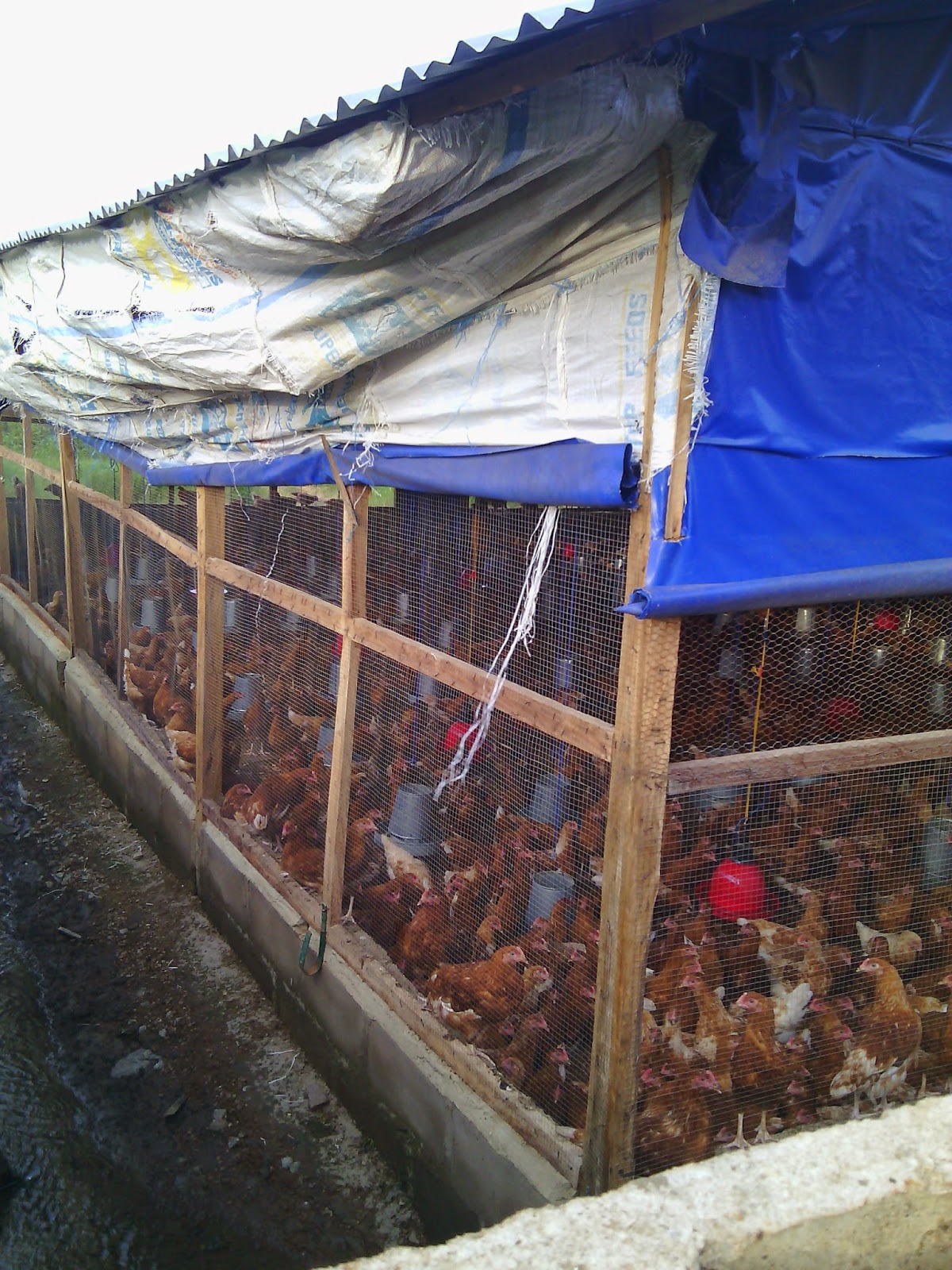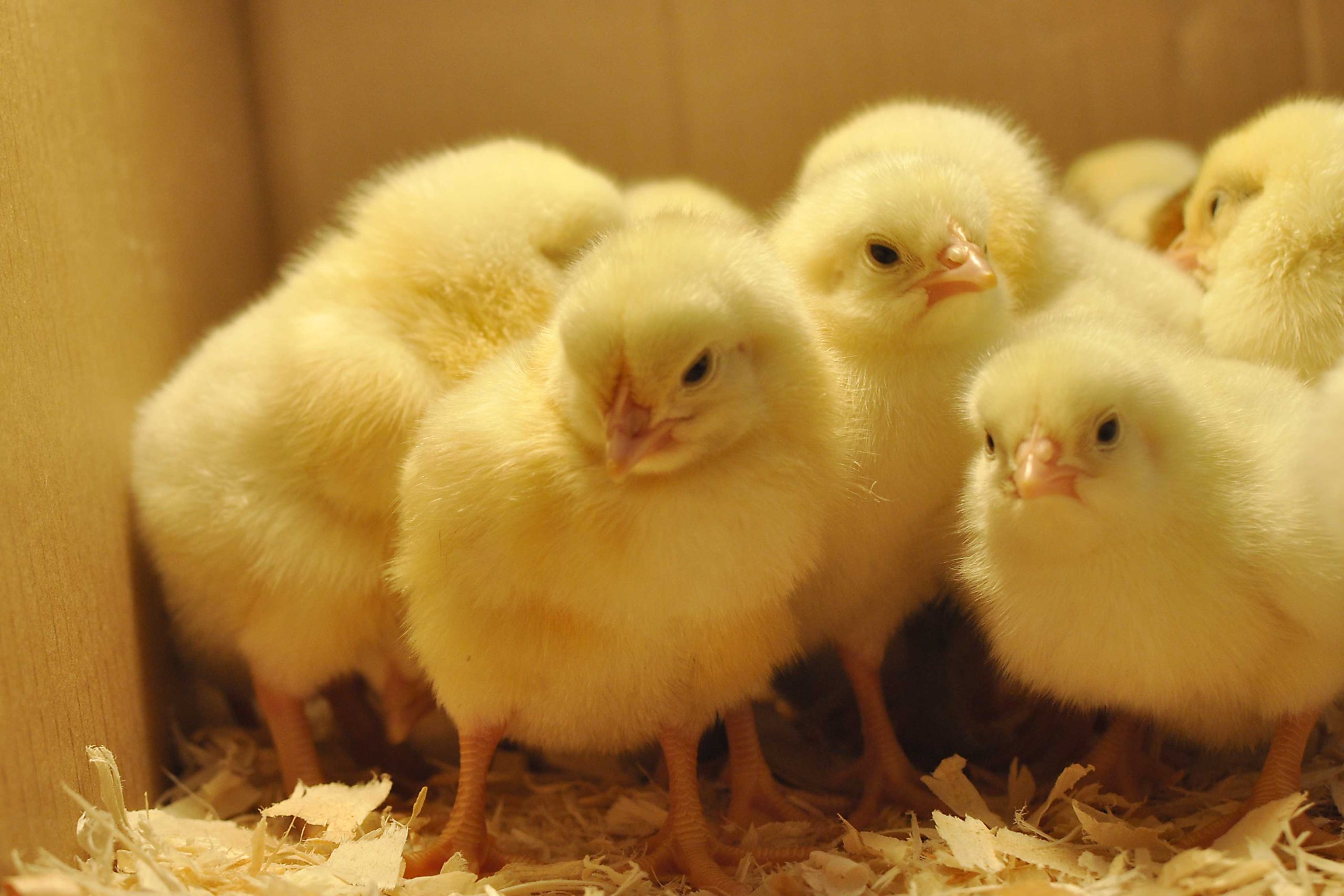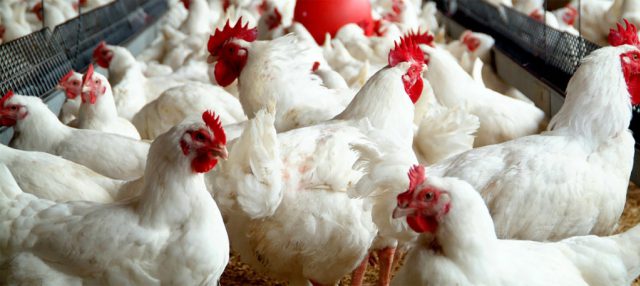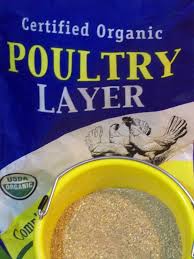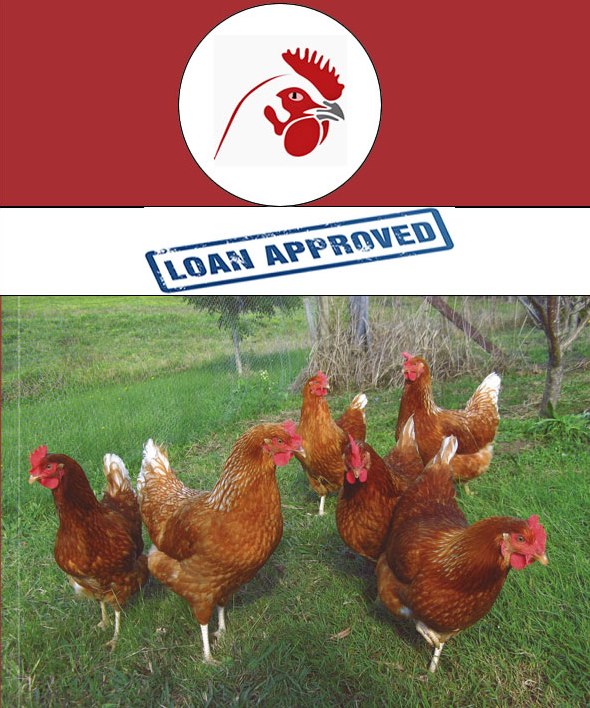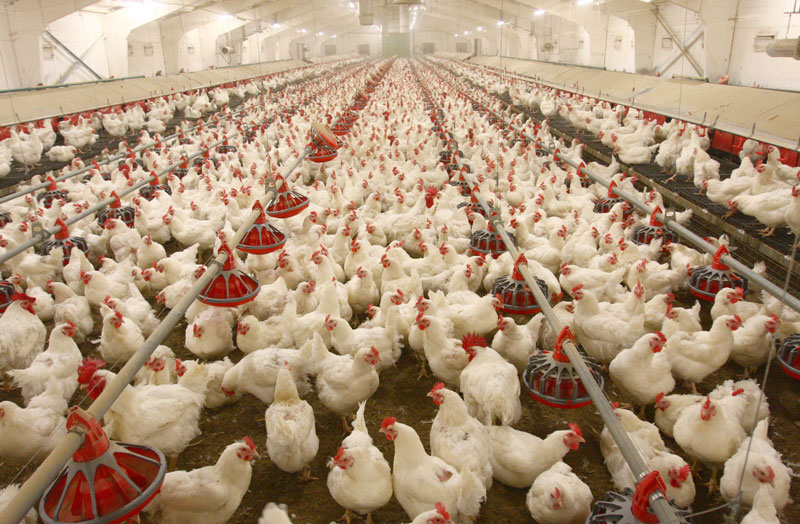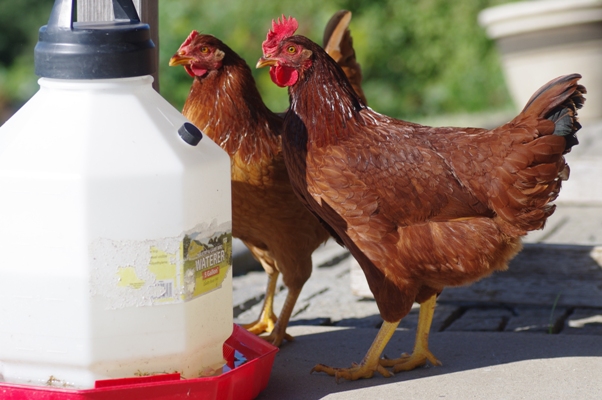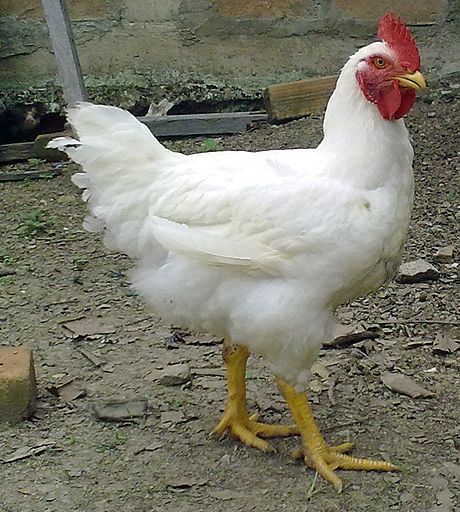Poultry farming is profitable alright, but a lot of people still fail and incur lots of losses in this business all the same. A lot of investors have blamed themselves for going into the business.
Every business has its ‘trade secrets’ and a lot of people fail in business because they do not know the trade secrets of their business. Poultry, just like any other business out there has its trade secrets which you have to know to increase your chances at success.
1. Start small.: Don’t start large scale poultry farming if you are inexperienced in the business. Don’t read about how people are making millions from poultry farming and then go ahead to invest your life savings into the business or go and obtain loans to start a business you are inexperienced at. For a business like poultry farming, you have to start small and then expand gradually as your business grows and demands for your products increase. You should also do a proper feasibility study before you go into the business. If there are too many competitors or if the supply for poultry products exceeds the demand in your area, then look for somewhere else to start your business or look for another business to start. There are several other lucrative businesses in the livestock farming industry that you can consider.
2. Consider Meat Packaging and Production-: A lot of people get their poultry products from grocery stores and supermarkets. Very few people still buy live animals because they feel it is less stressful when you buy already packaged meat which you can use to make your meal in few minutes. Therefore, you should really consider having your own meat production and packaging business to sell the products from your farm.
Once you have your poultry farm, starting a meat packaging company is fairly easy. Just create a space for butchering and cleaning the animals, hire butchers and buy equipment that would make the job mechanized and faster, some refrigerators and then approach food regulatory agencies in your area for a license and boom! You are ready to start packaging your own meat.
3. Have your own sales outlet-: Another way to expand your poultry business is to have your own sales outlet and not rely only on supplying to retailers. You don’t have to have too many sales outlets; you can start with just one. You can sell your own branded chickens and chicken parts and fresh eggs to consumers.
4. Offer Mobile Sales and Delivery Services-: Twenty-four hours in a day is just not enough for most of us because of the kind of busy lives we lead. Now, imagine having to cook, shop for groceries, tend to the kids and do all sort of other house chores and still maintain a 9-5 job. It’s really not easy for a lot of working parents and this is why mobile sales and delivery services always works. A lot of people see such services as a live saving one; a service that brings you necessities without dealing with stress and traffic. With a van or two, you are ready to start offering such services within your area and that is also an expansion of your income.
5. Employ sales representatives-: Don’t think that your business is too small to employ sales reps or that poultry business is not serious enough to have sales representatives. Right here in my office, I have someone who brings me fresh eggs weekly and frozen chicken when I feel like having chicken.
She’s a sales rep and earns commission for each item she sells. I have also been able to introduce her to my colleague and friends who also buy from her regularly. Now, her employer is a very smart poultry farmer because even when I buy from the grocery store, I only buy their products. Having a sales representative is a good way to increase awareness for your products and increase sales too.
6. Have your own Hatchery-: Instead of purchasing day old chicks, it’s more cost effective to have your own hatchery for hatching new chicks. You would be able to reduce the costs of hatching and also increase output compared to outsourcing the service to other people.
7. Produce your own feed-: Another tip for growing your poultry business is to have your own feed mill for producing chicken feed. Chicken feed production is not so hard; if you can learn how to raise chickens, then you can learn how to produce chicken feed and if you are able to reduce the costs of producing feed, you would be able to increase on the overall profitability of your business.
8. Employ Experienced Staff-: Another way to grow your poultry business is to employ people who are experienced to handle the operational aspects of the business. If you have a really large poultry farm, you can employ business consultants to suggest ways through which you can expand your poultry business.
9. Take Stock regularly-: You should also keep an eye on the output from your farm. You should have a store where eggs are stored and have some people who would be in charge of stock keeping and counting the chickens regularly. This would help to prevent thefts.
10. Apply for Government Grants-: Agriculture is something that the government is always interested in. And that is why there are a lot of support programs for investors in the agricultural sector. Such support programs come in the form of government backed loans and grants. You should look out for such grants and apply for them.
[fbcomments]

